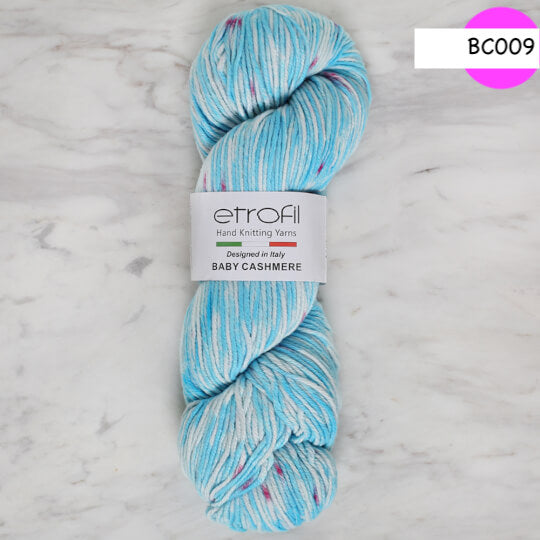Exploring the Past of cashmere and Its Role in Current Fashion
Wiki Article
Recognizing the Different Kinds Of Cashmere a Natural Fiber and Their One-of-a-kind Advantages

The Beginnings of Cashmere: A Historical Overview
While the glamorous touch of cashmere remains to charm modern-day customers, its beginnings trace back to the extreme, cold environments of Mongolia and the Mountain ranges. For centuries, the native peoples of these areas have been raising Capra Hircus goats, the prime source of cashmere wool. These goats, resilient against the extreme wintertimes, grew a great undercoat to survive, which later came to be recognized as cashmere. The name itself pays tribute to Kashmir, a region in India where the woollen was originally processed. Much of the very early cashmere trade path was helped with by the Silk Roadway, attaching Asia with the Center East and Europe. Despite its worldwide spread, the finest cashmere is still thought to originate from the original areas of Mongolia and the Mountain Ranges.

The Production Process: From Goat to Garment
Shearing a Capra Hircus goat notes the beginning of the elaborate cashmere manufacturing process. This delicate treatment generally happens yearly throughout spring. The fine, soft undercoat is then divided from the coarser external hair, a process referred to as dehairing. The resultant raw cashmere is then washed to get rid of pollutants such as dirt, oil, and veggie matter.The tidy fiber undergoes dyeing, rotating, and weaving, or knitting, to transform it right into a fabric. Complicated treatments such as quality assurance checks and completing processes follow, making sure the end item maintains the elegant requirement anticipated of cashmere. This meticulous process, from goat to garment, justifies the high expense connected to cashmere items, making them an icon of deluxe and improvement.
The Different Kinds Of Cashmere: A Thorough Evaluation

The One-of-a-kind Advantages of Cashmere: Comfort and Sustainability
Moving from the selection of cashmere kinds to the advantages they offer, comfort and sustainability stick out prominently. Cashmere, a natural fiber, is renowned for its unrivaled softness, offering a level of comfort that synthetic fibers can't match. The material's agility, yet impressive heat retention, makes it excellent for all periods. Cashmere's natural flexibility allows it to return to its initial form, making it resistant to diminishing or stretching.When it pertains to sustainability, cashmere is eco-friendly and renewable, as it's harvested from cashmere goats who regrow their coats yearly. what is cashmere. Unlike artificial fibers which can take hundreds of years to decompose, cashmere's influence on the atmosphere is very little. This mix of convenience and sustainability makes cashmere a useful option for conscious customers

Caring for Your Cashmere: Upkeep and Conservation Tips
While cashmere is most certainly a sustainable and glamorous option, it needs details care to maintain its quality and extend its lifespan. To begin, cashmere should be hand cleaned making use of chilly water and a light cleaning agent. Prevent turning or wringing the garment as it can damage the fibers. Instead, carefully capture out excess water and lay it flat on a towel to dry. Moreover, cashmere items must be kept in a amazing and completely dry location, away from straight sunlight and dampness. Utilizing moth repellents can secure these garments from prospective damage. It's recommended to stay clear of hanging cashmere to stop extending. Rather, layer and store them appropriately to maintain their form and top quality over time.
Purchasing Cashmere: Recognizing Its Value and Well Worth
Although cashmere might at first appear like an expensive financial investment, its lasting value and worth become obvious when you consider its remarkable top qualities. Understood for its exceptional soft qualities and heat, cashmere is a costs natural fiber that cashmere exceeds various other products. Its high need and restricted supply add to its high price, however its durability guarantees it lasts for many years, offering superb value for cash. Cashmere items are timeless, typically coming to be antiques gave via generations. what is cashmere. Moreover, its all-natural insulating homes provide heat without the bulk of synthetic fibers. Buying cashmere, as a result, is not just regarding current fashion trends, but concerning accepting a lasting, durable, and luxurious way of life.Conclusion
In summary, the type of cashmere one selects, be it Mongolian, Chinese, or Italian, is dictated by individual choices for heat, budget, sustainability, and deluxe. Comprehending the origins, production process, and unique benefits of various kinds of cashmere can assist customers in their financial investment in this luxurious all-natural fiber.Whether it's the phenomenal heat of Mongolian cashmere, the cost of Chinese cashmere, or the eco-conscious production of Italian cashmere, there's a story to be discovered behind each fiber type. Cashmere, a natural fiber, is renowned for its unrivaled gentleness, offering a degree of comfort that synthetic fibers can not match.When it comes to sustainability, cashmere is naturally degradable and sustainable, as it's harvested from cashmere goats who regrow their layers yearly. Known for its unparalleled gentleness and heat, cashmere is a premium natural fiber that outshines various other products. Comprehending the beginnings, manufacturing process, and unique benefits of various types of cashmere can lead consumers in their financial investment in this elegant all-natural fiber.
Report this wiki page